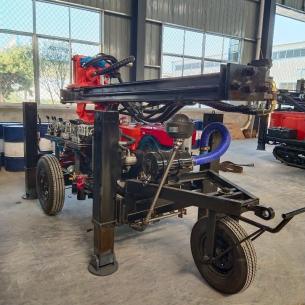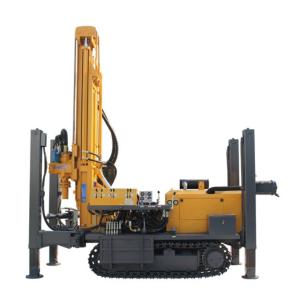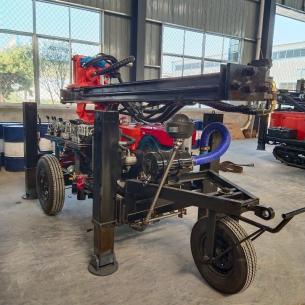Air Compressor Machine:A Comprehensive Guide
An air compressor is a versatile mechanical device that converts power into potential energy stored in pressurized air. By forcing air into a storage tank, it increases the pressure, making compressed air a valuable resource for powering a wide array of tools and machinery. From inflating tires to running complex manufacturing equipment, air compressors are fundamental to countless applications across industries and in everyday life.
How Does an Air Compressor Work?
The basic principle behind an air compressor is relatively simple, though the mechanics can be complex. Most compressors use either a positive displacement or dynamic displacement mechanism.
Positive Displacement Compressors (like piston and rotary screw compressors) work by trapping a volume of air and mechanically reducing the space containing it, thereby increasing its pressure. A common example is a reciprocating piston compressor:
The motor powers a piston, which moves downward to draw air into a cylinder through an intake valve.
The piston then moves upward, compressing the air and forcing it into a storage tank.This process repeats until the tank reaches a preset pressure level, at which point the compressor shuts off.
Dynamic Displacement Compressors (like centrifugal compressors) use rotating impellers to accelerate air, which is then diffused to convert its velocity into pressure.
Main Types of Air Compressors
There are several types of air compressors, each suited for different tasks:
Reciprocating (Piston) Compressors: Ideal for intermittent use, common in workshops and garages. They are available in single-stage or more powerful two-stage models.
Rotary Screw Compressors: Best for continuous, industrial applications. They use two meshing helical screws to compress air and are known for their reliability and efficiency.
Centrifugal Compressors: Used for very high-volume applications, such as large manufacturing plants and chemical processing. They provide high-pressure air through dynamic displacement.
Key Applications: What is an Air Compressor Used For?
The uses for compressed air are nearly endless. Key applications include:
Industrial Manufacturing
Powering assembly line tools, pneumatic controls, and spray painting equipment.
Construction
Operating jackhammers, nail guns, sandblasters, and impact wrenches.
Automotive & Repair
Inflating tires, running air tools for repairs, and cleaning.
Home Use
For DIY projects, inflating sports equipment, and powering small tools.
Specialized Sectors
Providing clean, oil-free air for food and beverage processing, pharmaceuticals, and hospitals.
How to Choose the Right Air Compressor
Selecting the correct compressor depends on your specific needs. Consider these factors:
Required Pressure (PSI)
Pounds per Square Inch measures the force the air can deliver. Ensure the compressor meets the highest PSI requirement of your tools.
Air Flow (CFM)
Cubic Feet per Minute measures the volume of air the compressor can deliver. Your compressor's CFM must meet or exceed the requirements of the tools you plan to run simultaneously.
Tank Size
A larger tank allows you to use air for longer periods before the compressor needs to turn back on to refill. This is crucial for tools that require sustained air flow.
Power Source
Choose between electric (for indoor use) or gas/diesel (for remote outdoor job sites) models.
Duty Cycle
This indicates how long a compressor can run within a given cycle. A 100% duty cycle means it can run continuously.
Conclusion: The Power of Compressed Air
In essence, an air compressor machine is a vital source of power that drives innovation and efficiency across countless tasks. By understanding what it is, how it works, and the different types available, you can harness the power of compressed air to improve productivity, whether on a factory floor, a construction site, or in your own garage. When choosing a unit, always match the compressor's specifications—PSI, CFM, and duty cycle—to the demands of your applications for optimal performance and longevity.



